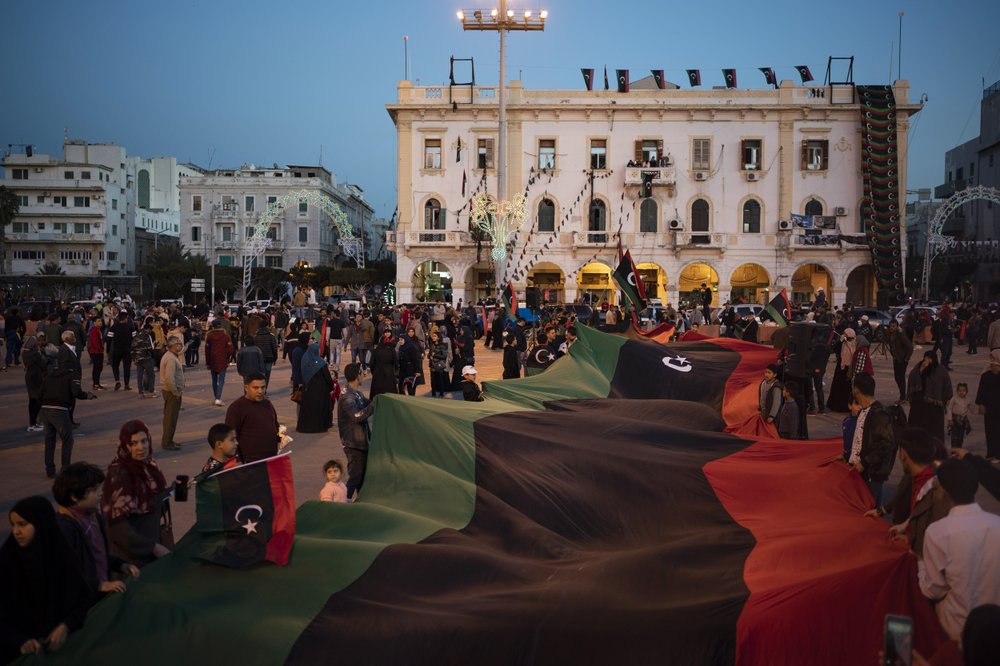Hisham Matar’s Anatomy of a Disappearance has an air of tea-service fragility. The Libyan-British author’s second novel – following his 2006 Booker-shortlisted In the Country of Men – reads as though, if one were to breathe on it too hard, the whole thing might crack.
This fragility is not because the novel is emotive or confessional. The book does have echoes of the author’s well-known life: The protagonist, like Matar, has a dissident father who was kidnapped and dragged across borders to prison. The protagonist’s father was kidnapped in Switzerland, while Matar’s father was abducted by Mubarak’s secret police and transferred to Libyan authorities. But Anatomy of a Disappearance is not a representation of the author’s life, and there is little raw emotion in it.
Each of the novel’s highly charged story lines receive careful shaping. The novel is built around the disappearance of the narrator’s father, who was snatched away from young Nuri when he was just fourteen. From here, readers flash back to the mysterious death of Nuri’s mother to her replacement with a stepmother, and to the shame-filled love triangle that develops between Nuri, his father and his stepmother. This is the sort of story that could easily be told at a scream. But the book’s language mutes its material. Each sentence in Anatomy of a Disappearance is sculpted. Each feels as though it has been designed with a watchmaker’s care and then exactingly and gingerly set into place. Instead of rawness of emotion, the novel gives readers an intensely visual experience, with bright images standing out against a near-absence.
Nuri’s stepmother was wearing yellow when Nuri first spotted her at an Agami resort in the Egyptian Mediterranean city of Alexandria. She “slid two fingers beneath the bottom of her swimsuit and stretched the fabric around her buttocks.” Other images are just as slow and sharply colored. In the opening scene, the narrator sits with his “large glass of bright orange juice” and his stepmother with her “steaming black tea” while they overlook the “steel-blue surface of Lake Geneva.”
Beneath each of these images, the blurred shadow of the narrator’s father, Kamal Pasha, is always lurking. Even when he is part of the action, Kamal isn’t really there. We know little or nothing about his motivations, his work, his desires, or his past. Even the country where he was once a member of the ruling elite – readers assume it must be Libya – is never directly mentioned.
There are many questions the narrative doesn’t answer, many places it frustratingly doesn’t prod. Issues of class relations, gender inequalities, and politics remain undisturbed. The narrator looks only very circumspectly into his own past and soul. We learn little about the circumstances of his birth and nothing about his mother’s mysterious death. After all, any stone turned might unearth knowledge that was too painful to bear.
All of the book’s intense surface-level care means that, when even a hair is out of place, it is noticeable. In such a meticulous setting, it is easy for the action to feel not just crafted but contrived, and for readers to suspect that their emotions are being manipulated.
Most of the book’s action appears to tumble on naturally. Relations between Nuri and his stepmother spur him forward: to stiffer relations with his father, then to boarding school in England. There, Nuri has a roommate who is painted as “a happy German boy with happy parents,” and so indeed he seems. But our understanding of the happy boy is later complicated when his painful past is revealed. The German boy’s family finally arrives at boarding school, and we find that, “His mother, the singer, had completely lost her voice.” This sentence ends a section and reads as though it should be accompanied by a thunderclap, sharply raised eyebrows, or a surprised (!).
But most of the images fit within the novel’s ship-in-a-bottle construction. Each sentence marches slowly to the next, with the hot-breathed emotion left to swirl underneath, making the book a fast and deceptively simple read.




